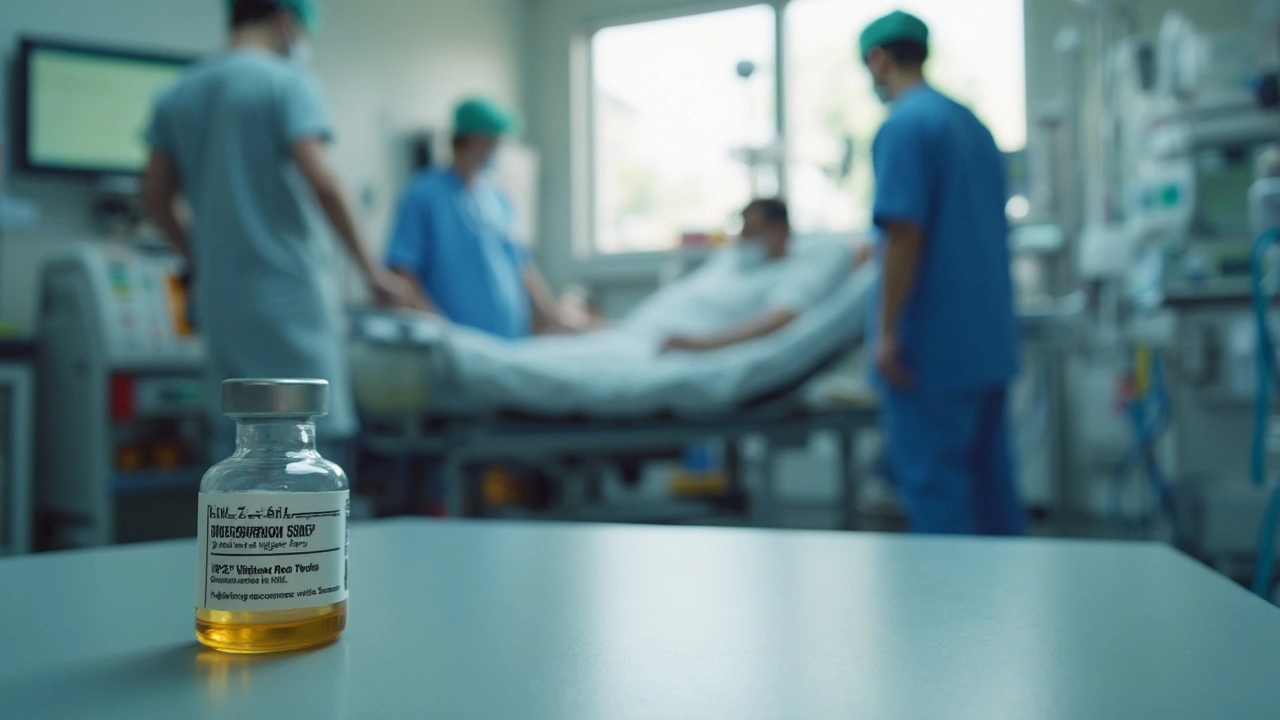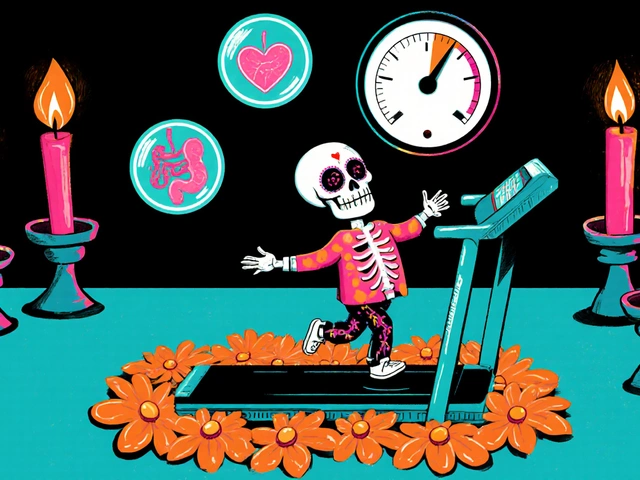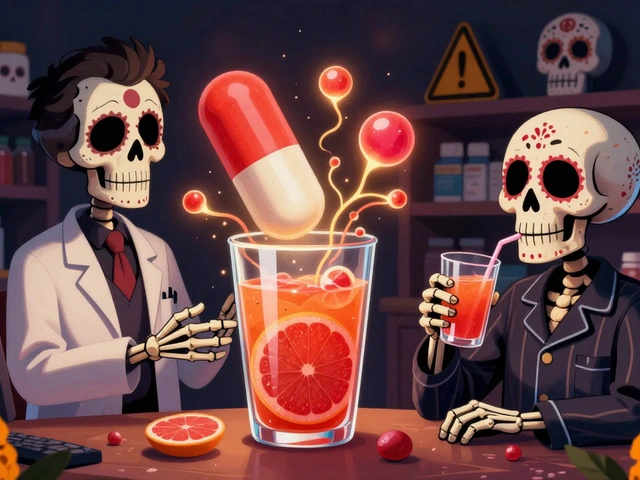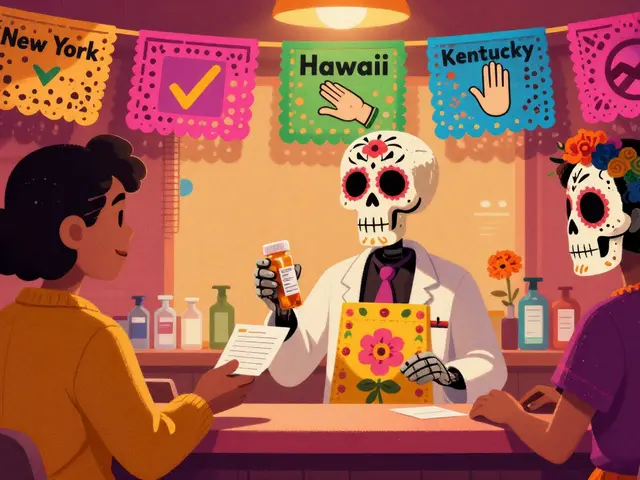Trauma: Practical Help for Physical and Emotional Recovery
One sudden event can leave you with a bruised body or a shaken mind. You don’t always need a hospital, but you do need a clear plan. This page pulls together straightforward, useful advice for immediate care, when to get professional help, and steps you can take over days and weeks to recover.
First 24 hours after an injury
If someone is seriously hurt—unconscious, bleeding heavily, having trouble breathing—call emergency services right away. For less severe injuries, follow basic first-aid: control bleeding with firm pressure, immobilize broken limbs, and apply cold packs to reduce swelling. For head injuries, watch for worsening headache, vomiting, confusion, or loss of consciousness—these are red flags that need emergency care.
Clean minor cuts with soap and water, apply an antibiotic ointment, and cover with a clean dressing. Avoid packing deep wounds yourself; they may need professional cleaning and stitches. If you aren’t sure about tetanus protection or the wound is dirty, contact a clinic.
Managing pain and breathing problems matters too. Over-the-counter pain relievers and rest help many injuries. For breathing emergencies or asthma flare-ups, know your rescue options—our guides on Ventolin and Albuterol alternatives explain safe emergency steps when inhalers are hard to get.
Dealing with shock, fear, and long-term emotional effects
Emotional trauma is common after accidents or sudden illness. Right away, focus on safety, basic needs, and one small task at a time—drink water, get rest, and stay near someone you trust. Simple grounding techniques help: name five things you see, four you can touch, three sounds you hear, two things you smell, and one thing you can taste.
If memories or anxiety won’t ease up, try short breathing exercises (inhale for 4, hold 4, exhale 6) to calm your body. Reach out to a friend, family member, or a crisis line if you feel overwhelmed. Therapy methods like CBT or EMDR can reduce lasting PTSD symptoms; we summarize therapy approaches and when to seek help in our mental health articles.
Watch for signs that professional care is needed: ongoing flashbacks, severe insomnia, panic attacks, self-harm thoughts, or inability to work or care for yourself. Don’t wait—ask your doctor for a referral or use telehealth options to get started quickly.
Medications can help some problems, but they’re not magic. Don’t self-prescribe strong antibiotics or psychiatric meds. If you need a prescription, consult a licensed clinician. Our site has practical guides about safe online pharmacies and how to buy certain meds responsibly—use those resources only after consulting a provider.
Want more specifics? Browse related articles on this tag for step-by-step guides: massage therapy for tremors and movement issues, how chronic illness affects emotional wellbeing, therapy for PMDD, and safety tips for buying meds online. Each piece gives clear next steps you can use right away.

Desmopressin can make a real difference after severe trauma causes dangerous bleeding and clotting problems. This article explains how desmopressin works, why doctors turn to it in emergencies, and who actually benefits. You’ll get practical tips and the latest findings that matter for patients and healthcare workers. It’s all about saving lives when time is tight and options are few. You’ll even learn little-known facts about how this medicine is changing trauma care.
Chris Gore Apr 24, 2025




